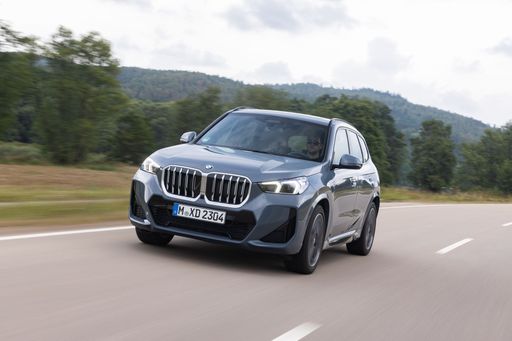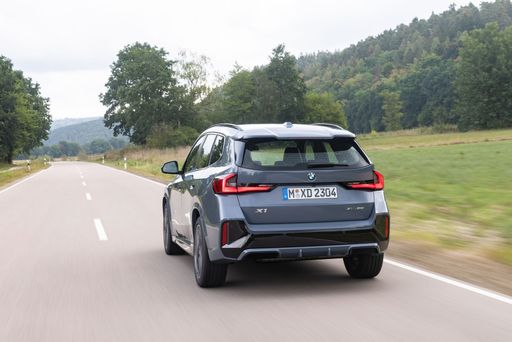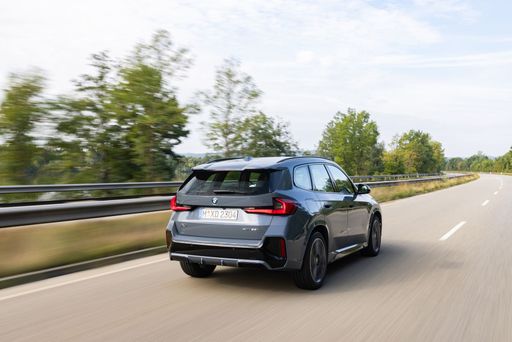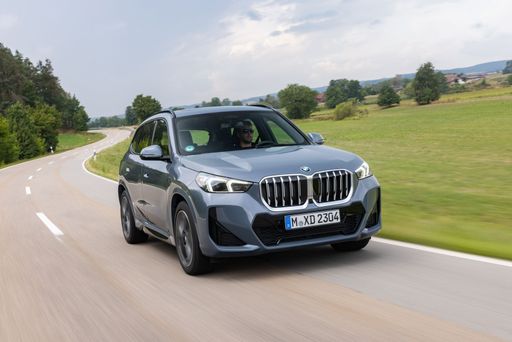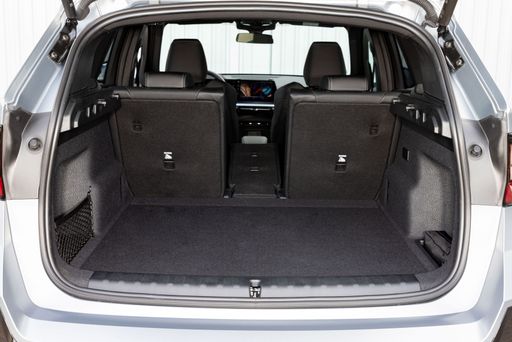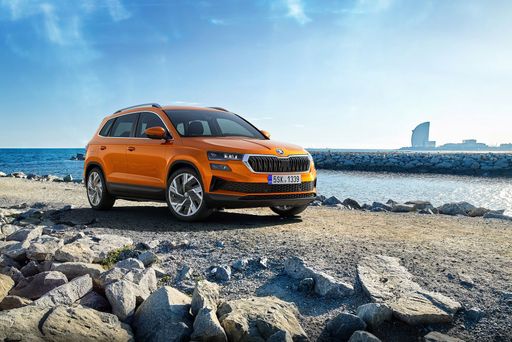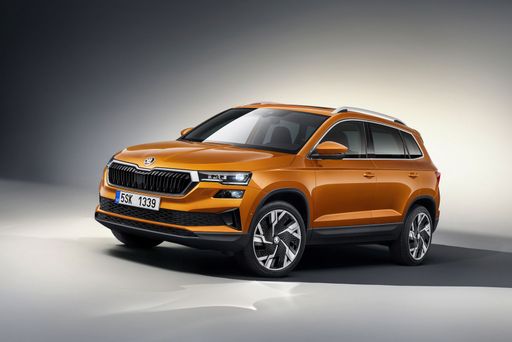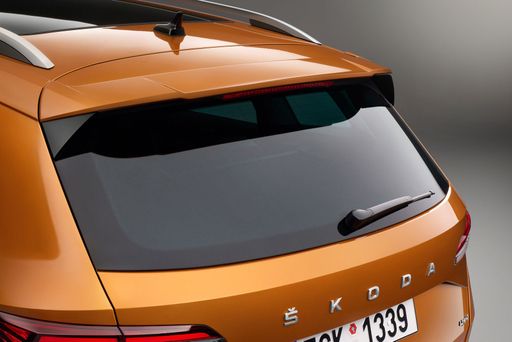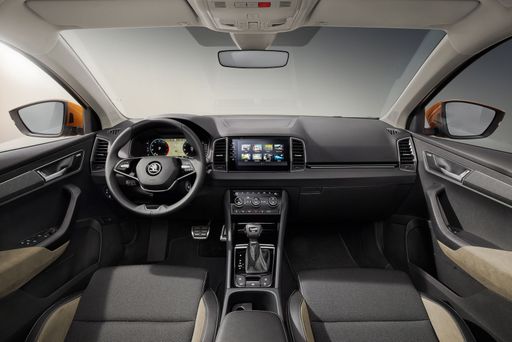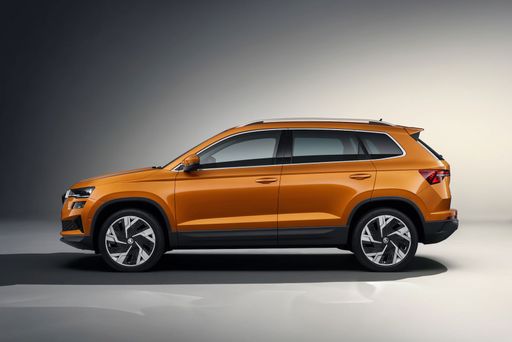BMW X1 vs Skoda Karoq: A Comparative Review
The automotive landscape is teeming with choices for compact SUVs, where features such as performance, design, and technology significantly influence buyers' decisions. Two of the notable contenders in this segment are the BMW X1 and the Skoda Karoq. With distinctive qualities and a range of options, buyers may find themselves pondering which of these vehicles suits their needs best.

